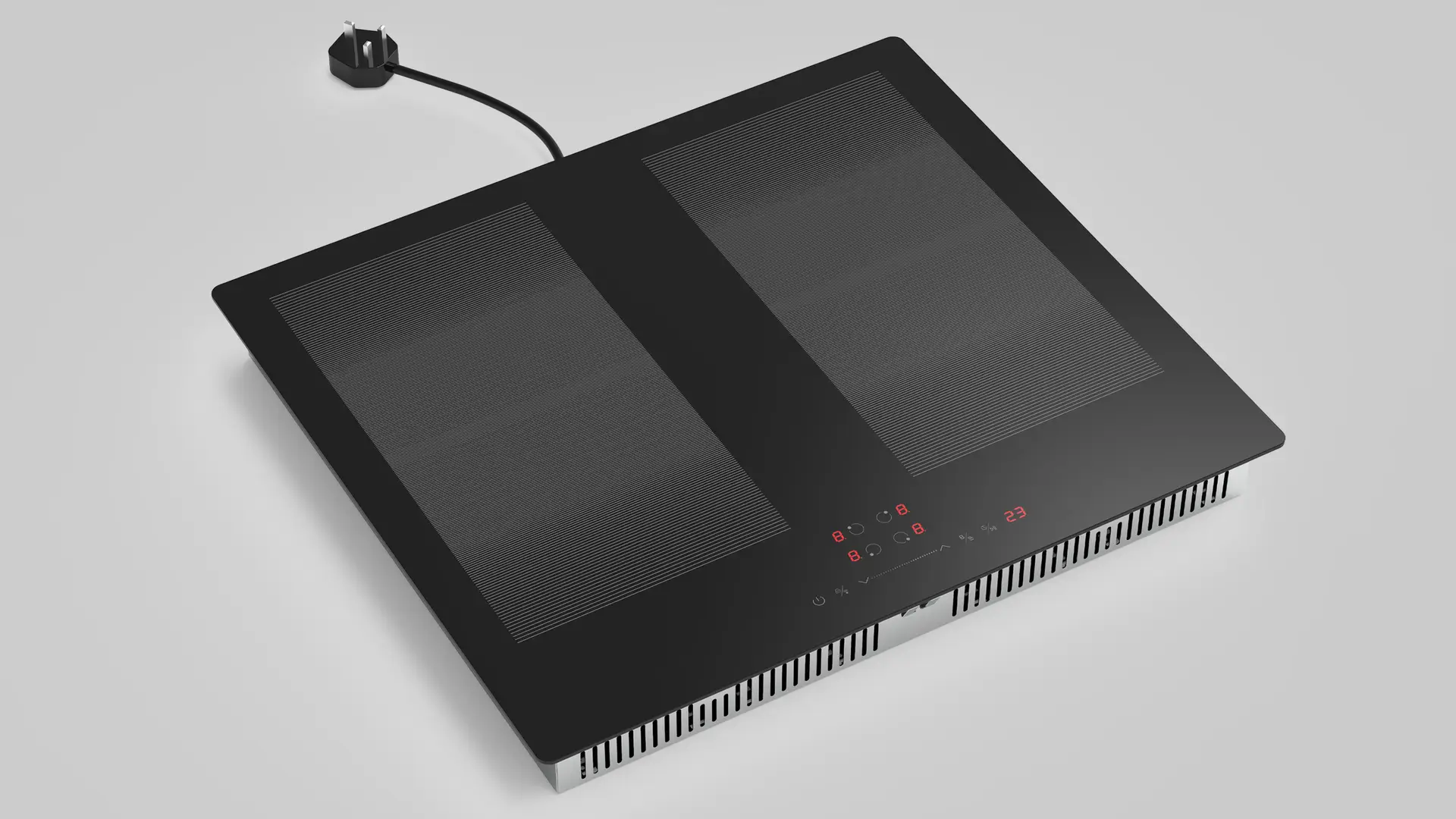
13 Amp Plug‑In Induction Hobs: Pros and Cons Explained
A 13 amp plug‑in induction hob is an increasingly popular choice for kitchens that need a quick, no‑fuss installation. Unlike traditional models that require a hardwired 32 amp connection, these hobs plug straight into a standard UK socket, making them ideal for rentals, small kitchens, and temporary setups. In this guide, we’ll break down the benefits and drawbacks so you can decide if a plug‑in hob suits your cooking style.
What is a 13 Amp Plug‑In Induction Hob?
A plug‑in induction hob heats pans directly via electromagnetism while the glass surface stays relatively cool. The key difference is the power connection: instead of being hardwired, it uses a standard 3‑pin plug and typically draws up to about 2.8 kW. That total output is shared between zones, so you can’t run every cooking zone at maximum power simultaneously.
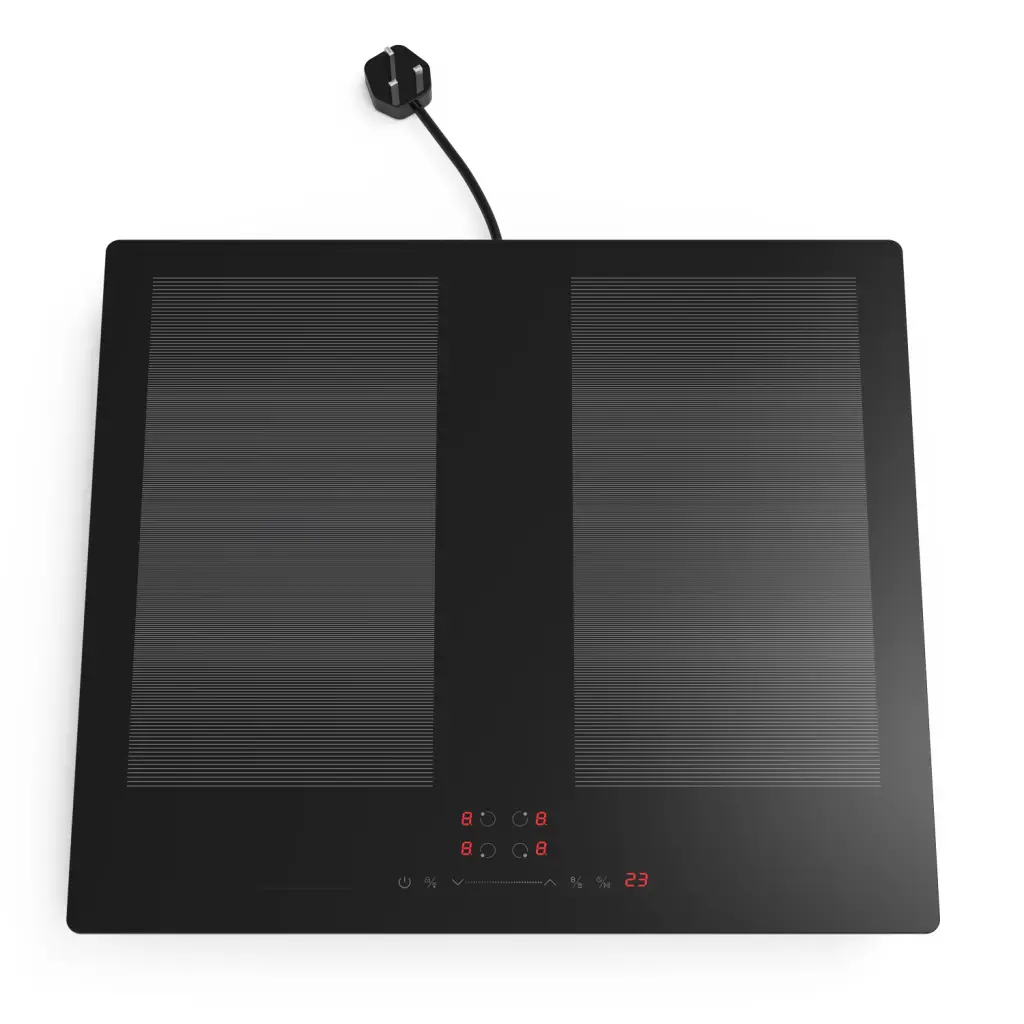
Pros of 13 Amp Plug‑In Induction Hobs
-
Simple installation:
No electrician is needed. These hobs work with a standard 3-pin UK plug, making them ideal for DIY kitchen upgrades or quick replacements. -
Great for renters:
If you move home, you can simply unplug it and take it with you — unlike a hardwired hob that’s fixed in place. -
Lower initial cost:
Plug-in models are usually more affordable than hardwired induction hobs, making them budget-friendly for first-time buyers. -
Energy efficient:
Induction technology transfers heat directly into the pan, reducing wasted energy compared to gas or ceramic hobs. -
Safe to use:
Features such as automatic shut-off, child safety locks, and residual heat indicators help prevent burns and accidents. -
Flexible placement:
Can be installed or temporarily used anywhere with an appropriate socket — ideal for renovations or temporary setups. -
Lightweight and portable:
Many models are easy to transport, making them perfect for holiday homes or pop-up catering events.
Cons of 13 Amp Plug‑In Induction Hobs
-
Limited total power:
The maximum output (around 2.8 kW) is shared between all active cooking zones, reducing performance when multitasking. -
Slower when cooking multiple dishes:
You may notice longer boil times or slower frying when more than one zone is in use. -
Not suited for heavy cooking:
If you regularly cook large meals or entertain guests, the restricted power can become frustrating. -
Fewer premium models:
There’s a smaller choice compared to hardwired hobs, with fewer advanced features like bridging zones or ultra-fast boost settings. -
Socket considerations:
These hobs must be plugged directly into a wall socket. Using an extension lead is unsafe and may cause overheating. -
Potential compatibility issues:
Some older kitchen circuits may struggle with the sustained high current draw, so an electrical check may be needed before installation.
Conclusion: Is a 13 Amp Plug-In Induction Hob Right for You?
| Feature | 13 Amp Plug-In Induction Hob | Hardwired Induction Hob (32 Amp) |
|---|---|---|
| Installation | Plugs into a standard 3-pin socket – no electrician required | Requires professional installation by an electrician |
| Maximum Power Output | ~2.8 kW total (shared between zones) | Up to 7.4 kW or more – full power to multiple zones |
| Cooking Speed | Fast for a single zone, slower when using multiple zones | Fast across all zones simultaneously |
| Portability | Portable – can be unplugged and moved | Fixed in place once installed |
| Best For | Small households, rentals, occasional cooking | Large households, frequent multi-zone cooking |
| Cost | Generally cheaper upfront | Higher purchase and installation costs |

Who Should Consider a 13 Amp Plug‑In Induction Hob?
A 13 amp plug‑in hob is ideal for small households, rental properties, holiday homes, annex kitchens, and student flats. If you frequently cook big, complex meals, a hardwired full‑power induction hob will deliver better performance and flexibility.
Installation and Safety Tips
-
Use a dedicated socket where possible:
Helps prevent circuits from becoming overloaded during cooking. -
Do not use extension leads:
They can overheat under sustained load and are unsafe for induction hobs. -
Check the manufacturer’s total power rating:
Make sure the hob’s maximum draw and diversity limits are suitable for your socket and circuit. -
Allow adequate ventilation:
Ensure there is enough airflow beneath and around the hob if installing it flush into a worktop.
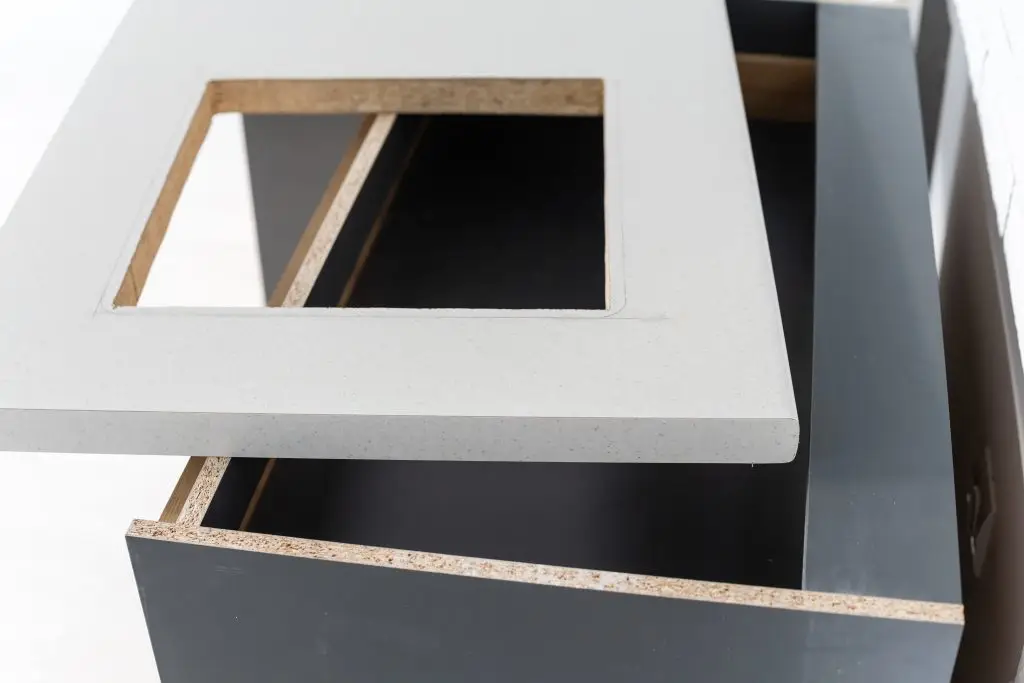
Alternatives to 13 Amp Plug‑In Models
-
Hardwired induction hobs:
Offer higher power for faster cooking and reliable multi-zone performance. -
Portable single-zone induction hobs:
Ultra-mobile, affordable, and ideal for small spaces or temporary setups. -
Gas or domino hobs:
A practical alternative if your kitchen wiring can’t support a high-power induction hob.
Summary – 13 Amp Plug-In Induction Hobs
A 13 amp plug‑in induction hob offers a great mix of convenience, safety, and energy efficiency. It’s perfect for smaller kitchens and rentals where easy installation matters more than raw power. If you often cook with several pans at once, a hardwired induction hob will better meet your needs.

Frequently Asked Questions
- All Posts
- Cooker Hood Guides & Advice
- Dishwasher Guides & Advice
- General Appliance Guides & Advice
- Hob Guides & Advice
- Laundry Guides & Advice
- Microwave Guides & Advice
- Oven Guides & Advice
- Wine Cooler Guides & Advice
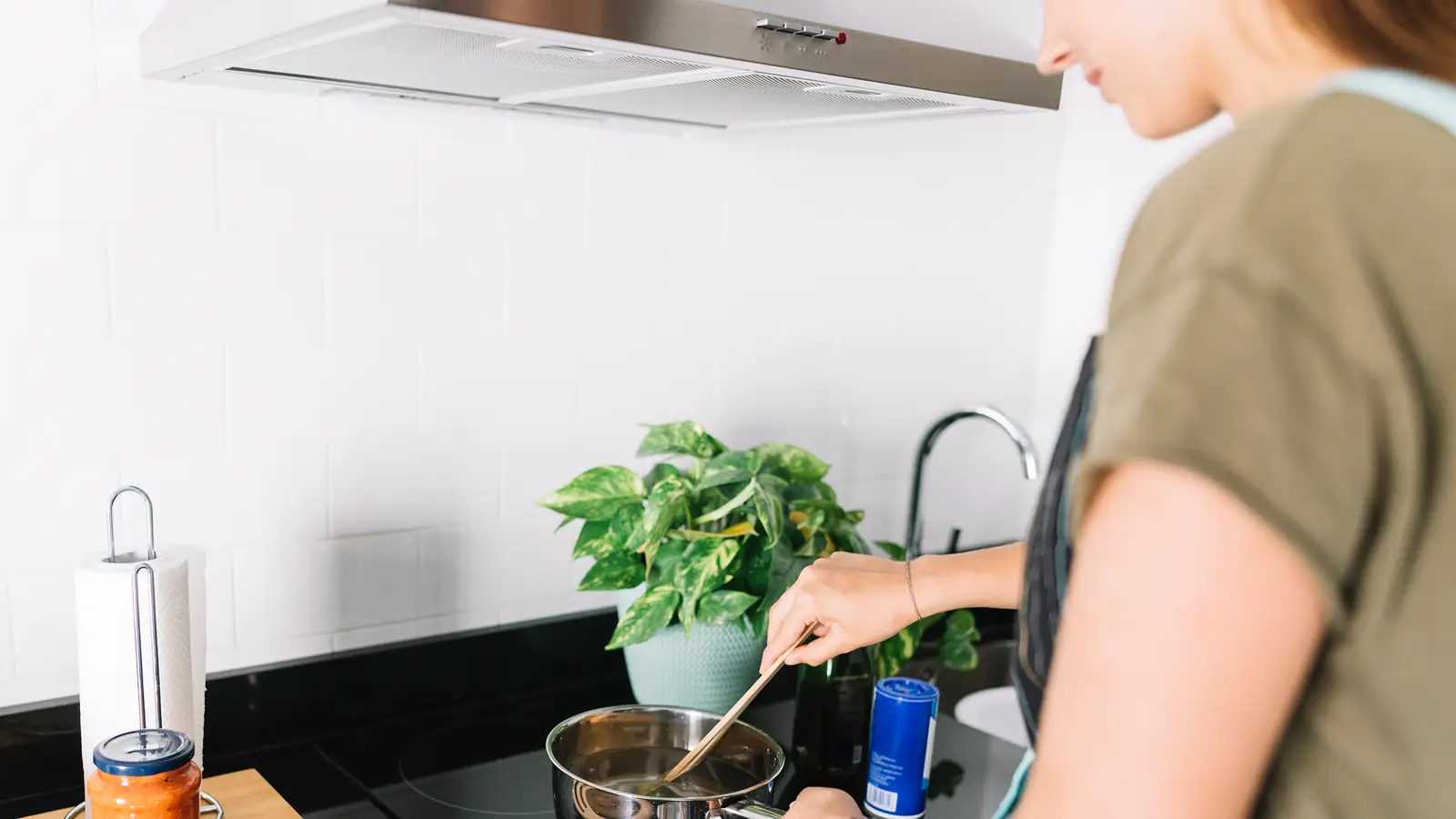
Discover why airtight UK homes may need make-up air for safe, effective ventilation. Learn the signs and simple fixes. Read...
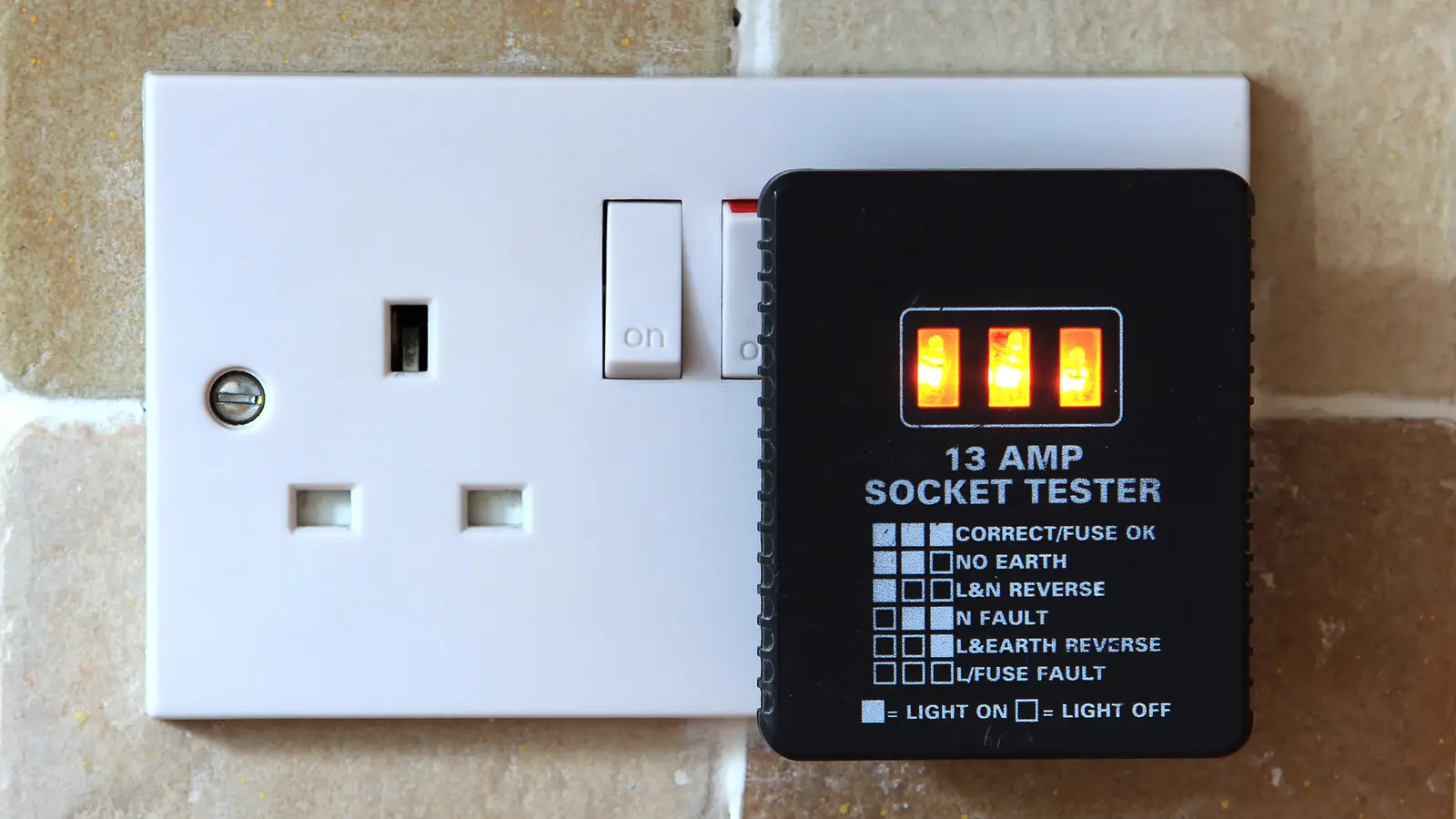
Find out if you can plug a dishwasher into a normal UK socket and what safety rules apply. Quick, clear...
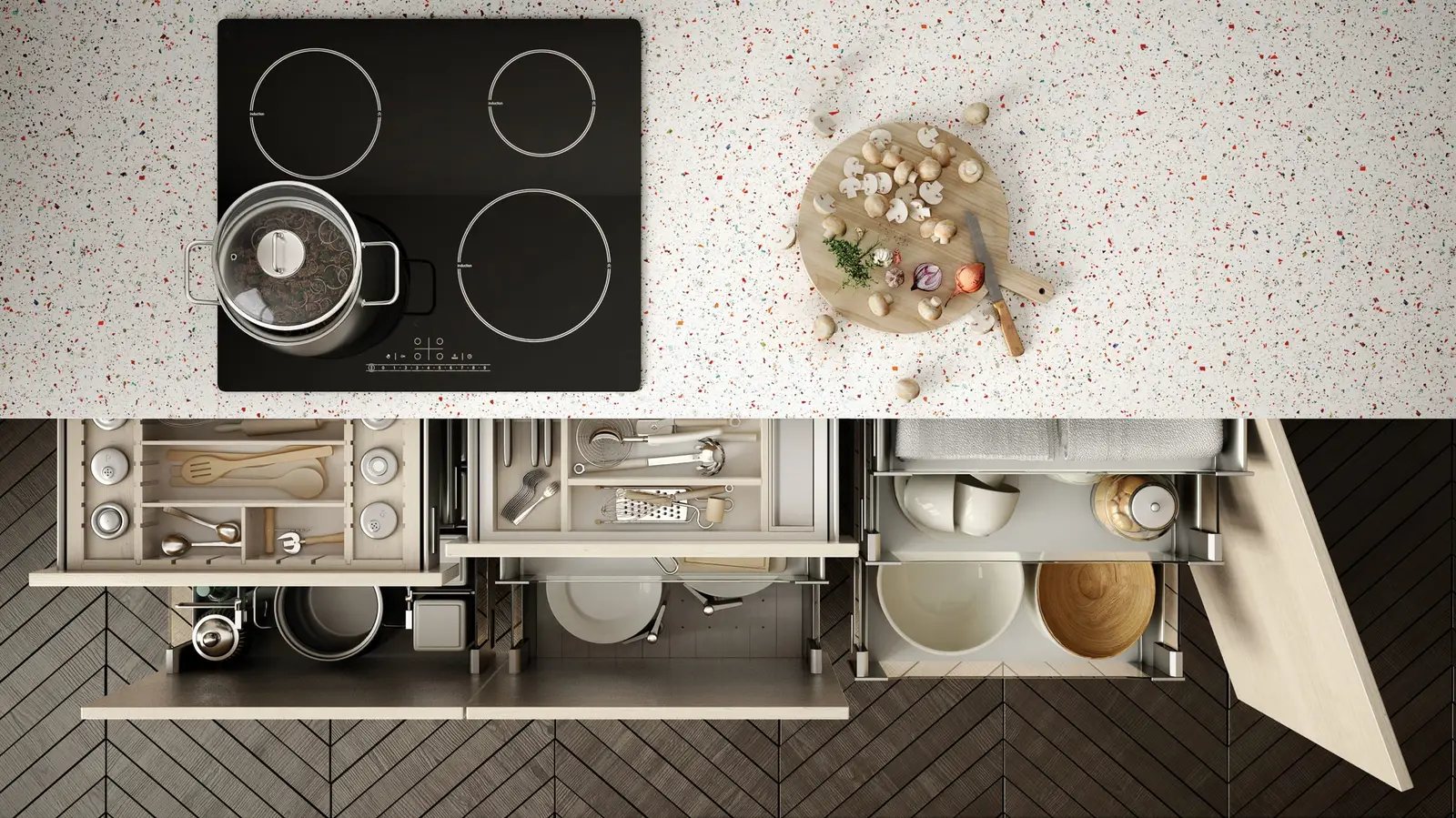
Noise from your induction hob? Learn why buzzing and clicking happen and how to fix them. Simple cures, expert tips...

Is your fridge humming loudly? Learn what’s normal, what’s not, and how to stop annoying noises with CATA’s quick troubleshooting...

Find out which hob type is the cheapest to run. Compare gas, induction and electric to save on your energy...

Discover the difference between true fan and fan-assisted baking modes and when to use each for perfect results. Learn how...
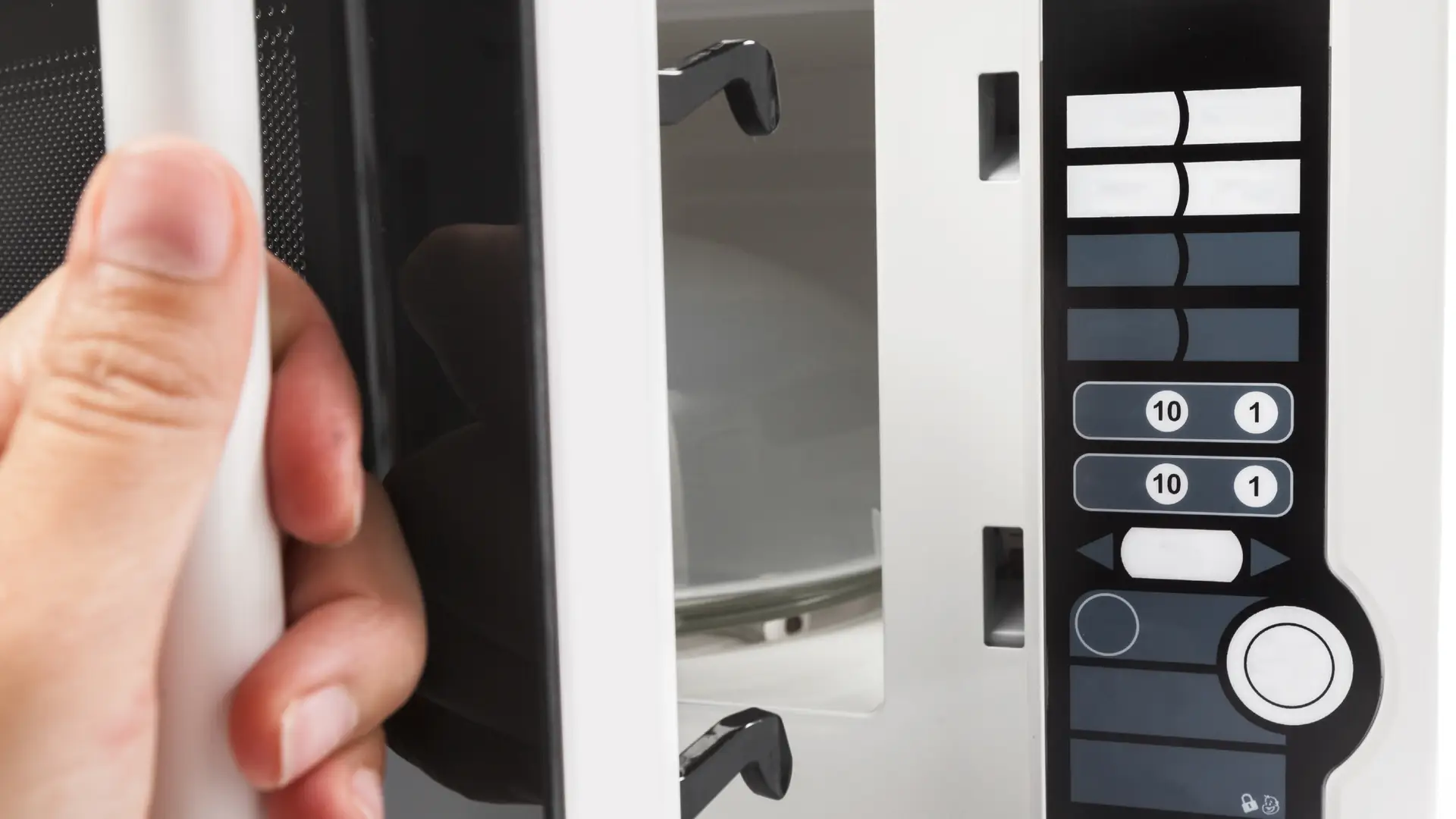
If your microwave door is hard to open or the latch is stuck, it could be due to pressure, dirt,...
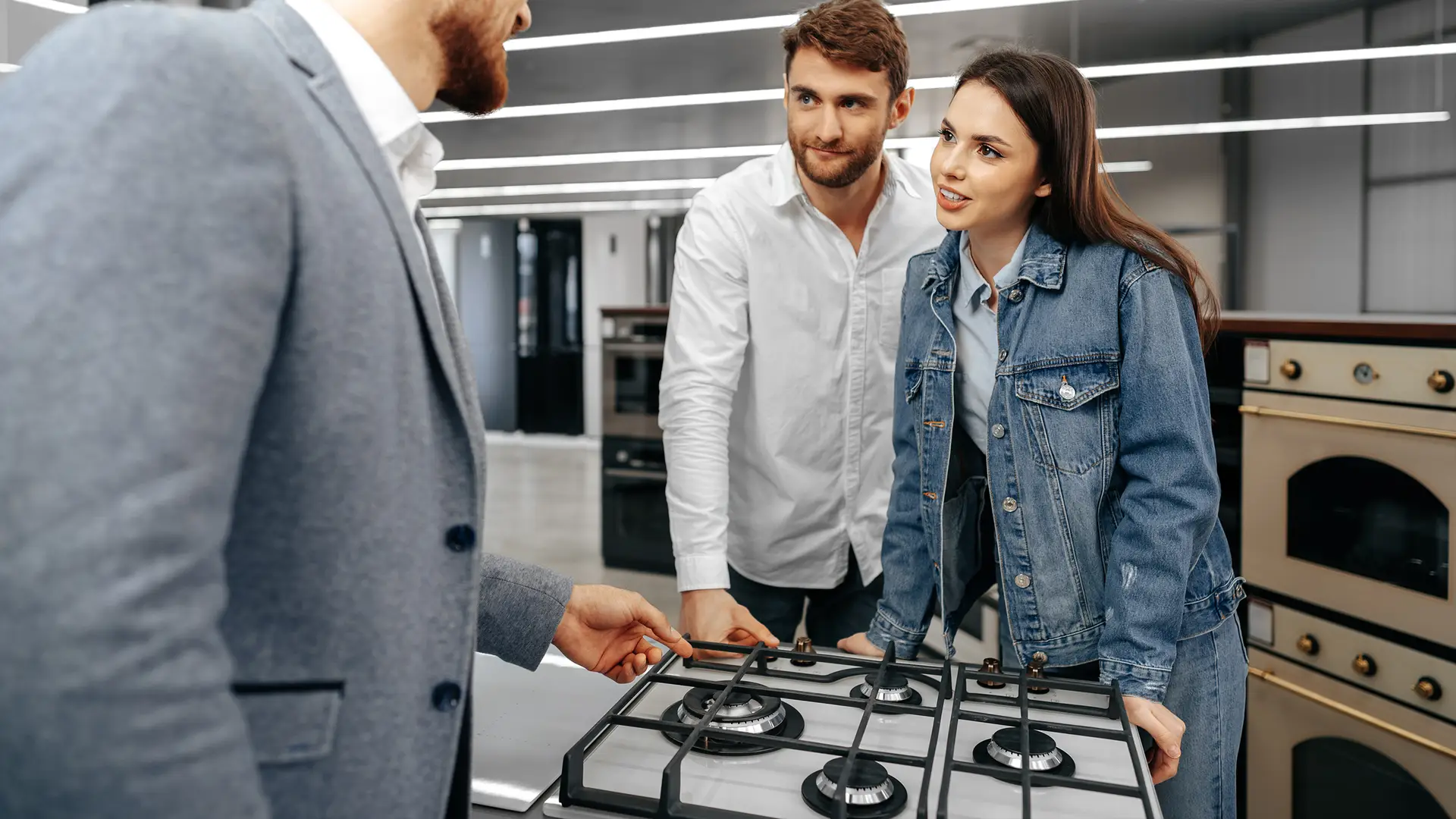
Discover which CATA hob suits your kitchen and lifestyle. Compare gas, ceramic, induction and vented hobs in our expert buying...
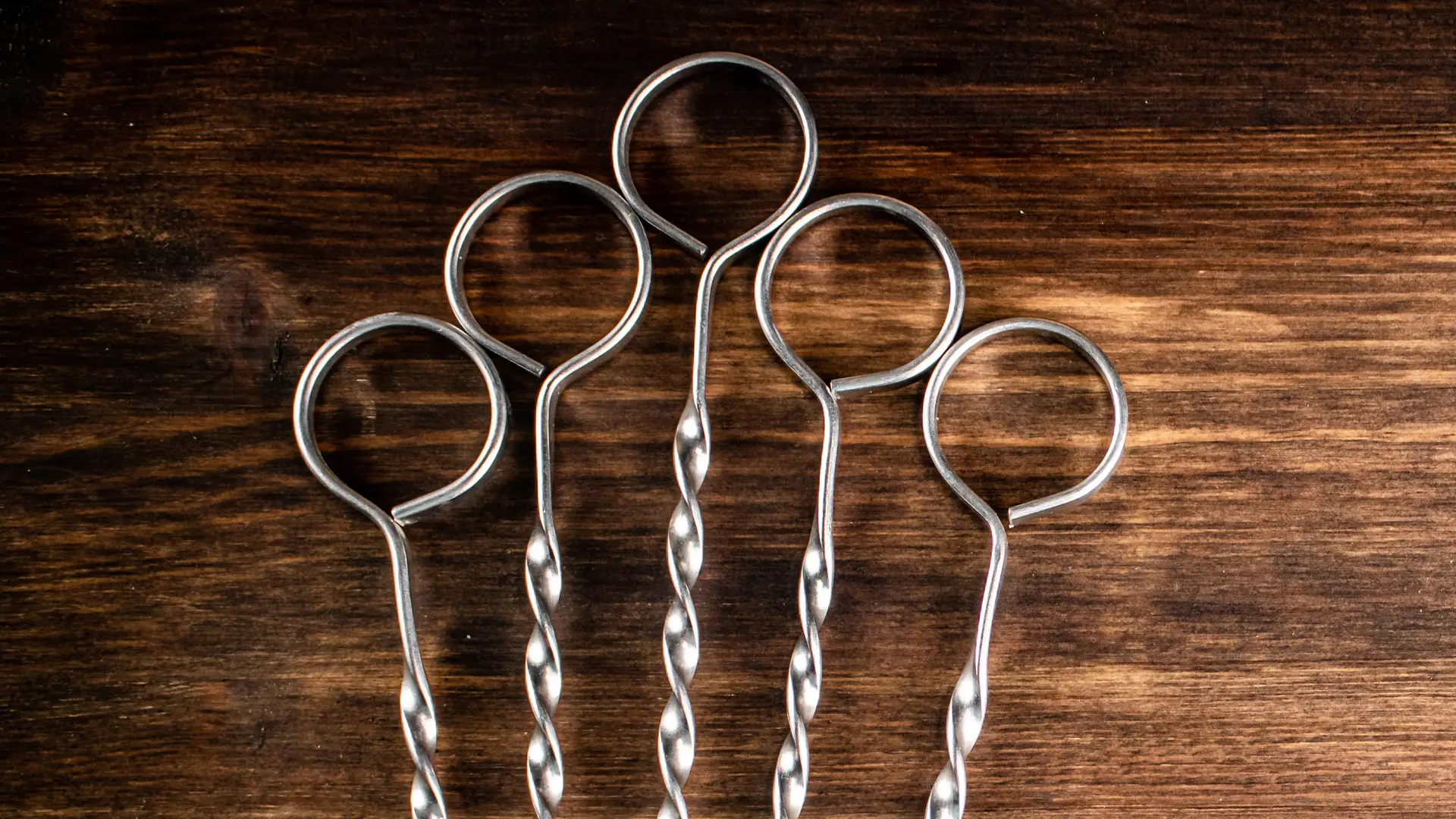
Find out when it’s safe to use metal racks or skewers in your microwave grill — and what can cause...